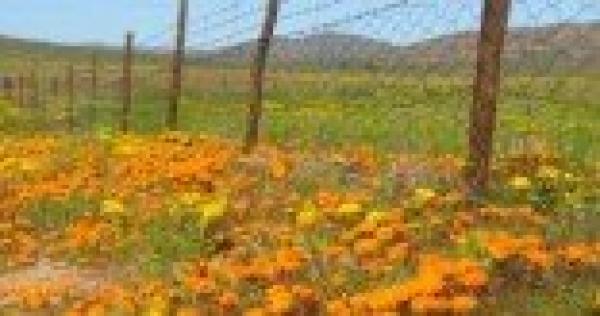Vanrhynsdorp, situated in the centre of the Nama Karoo, provides a good base from which to explore the West Coast Mission Route as well as the Namaqualand and Karoo Mission Stations.
Vanrhynsdorp was founded as Trutro. ("TroeTroe") after the area became known through the expeditions made by Pieter van Meerhoff in 1661. The Troe-Troe Zending ("Mission") dates back to the completion in 1751 of the Trutro Homestead which is still standing at Vanrhynsdorp. During the era of the Troe-Troe Zending and the involvement of Hendrik van Rhijn the establishment of several mission stations like Wupperthal, Ebenhaeier, Leliefontein, Steinkopf and others took place.
More than 120 years later the Troe-Troe Mission Congregation (United Reformed) was established in, 1874 after the name of the Trutro Homestead changed to "Het Gesticht" - meeting place of first the Dutch Reformed Congregation. The name of the town Troe-Troe was changed to Vanrhynsdorp in 1881 to honour the legendary Van Rhijns for invaluable contributions made as community and church leaders.
Vanrhynsdorp was the location of the Catholic Mission of the Little Flower during the 20th century. The closing down of this once flourishing Mission Station tells a sad story. Visit the Van Rhijn Museum in Van Riebeeck Street for Troe-Troe artifacts and eco-facts and the Latsky Radio Museum in Church Street to view a collection of old valve radios, some dating back to 1924.
Vanrhynsdorp's succulent nursery, the largest of its kind in the world, has become the centre of preservation of a variety of indigenous succulents. These interesting plants draw attention from overseas and local visitors alike.
In bygone years the Vanrhynsdorp's mountains were home to the San and many fine examples of the art of these Late Stone Age hunter-gatherers exist in several rock shelters.
There are numerous accommodation establishments in the area ranging from camping to rustic farm accommodation to comfortable bed & breakfasts, guesthouses and a hotel.





